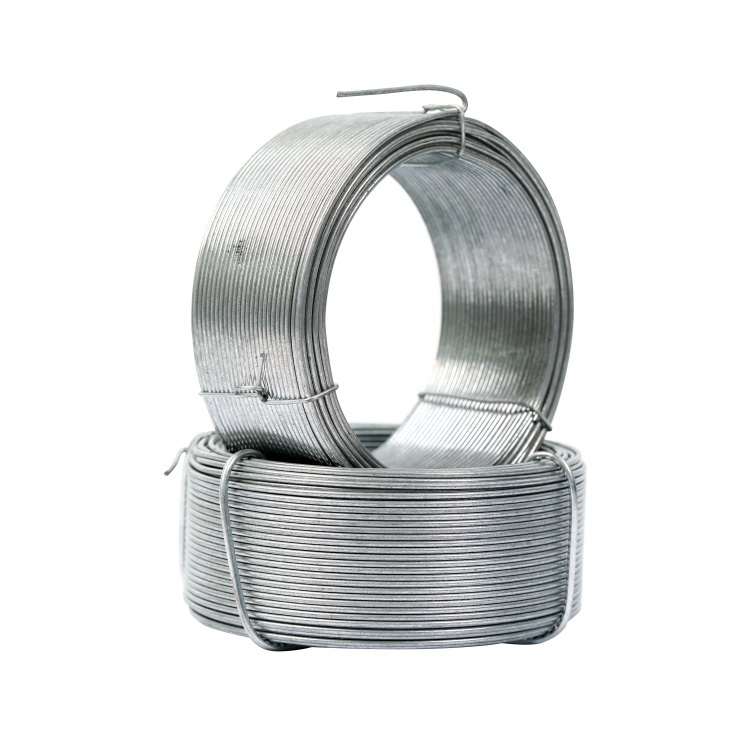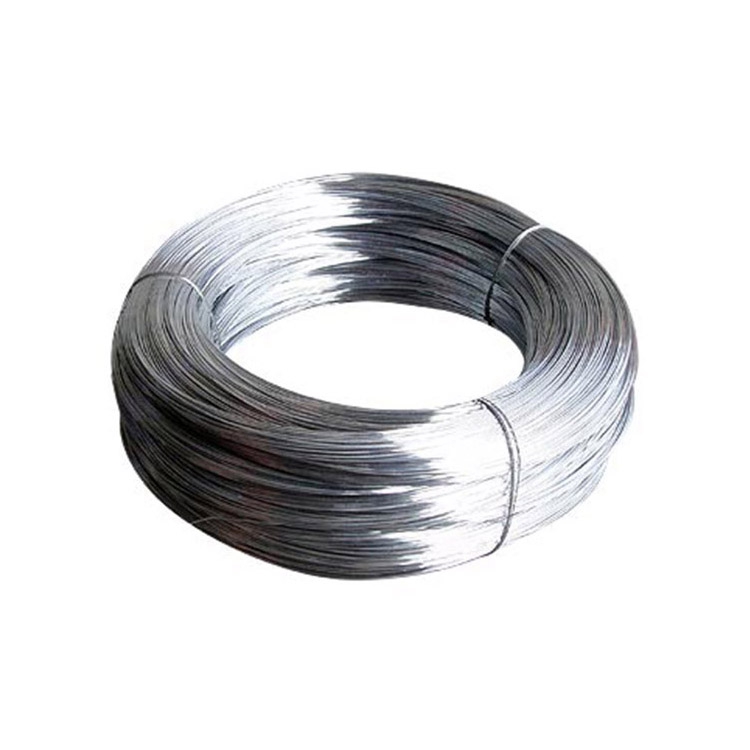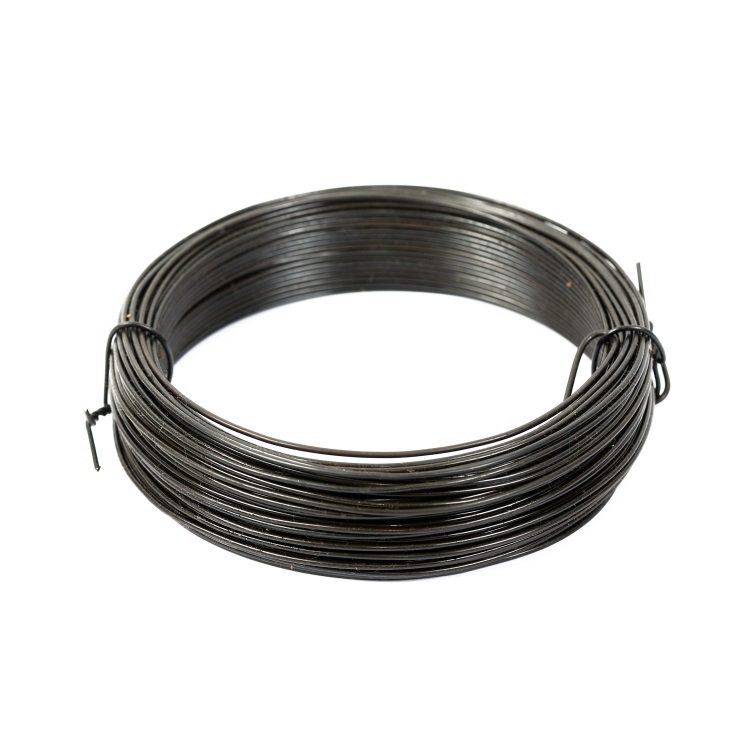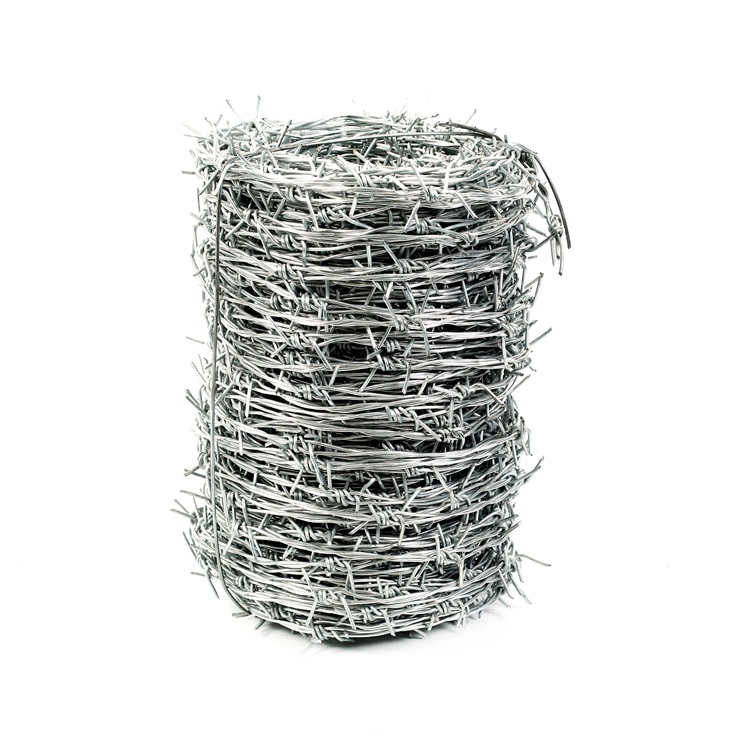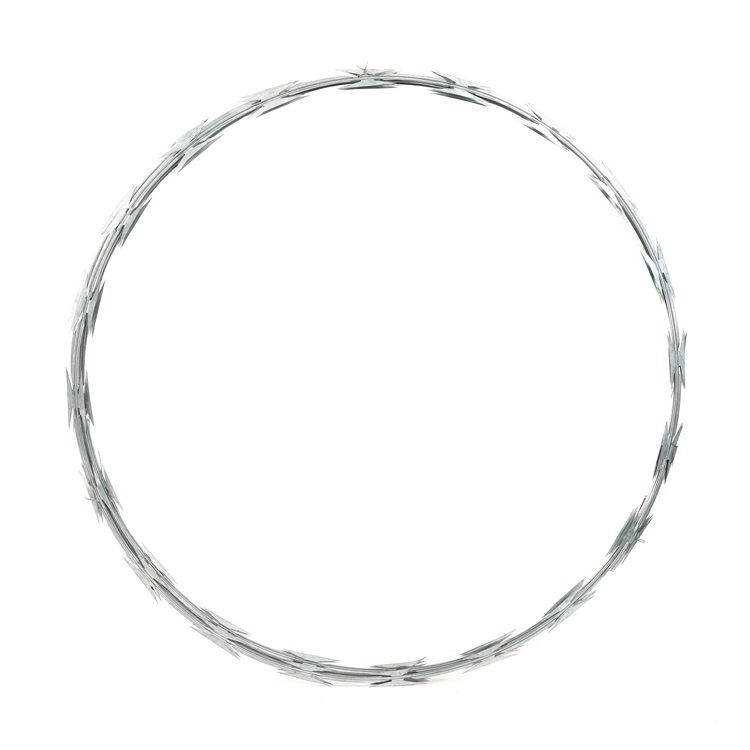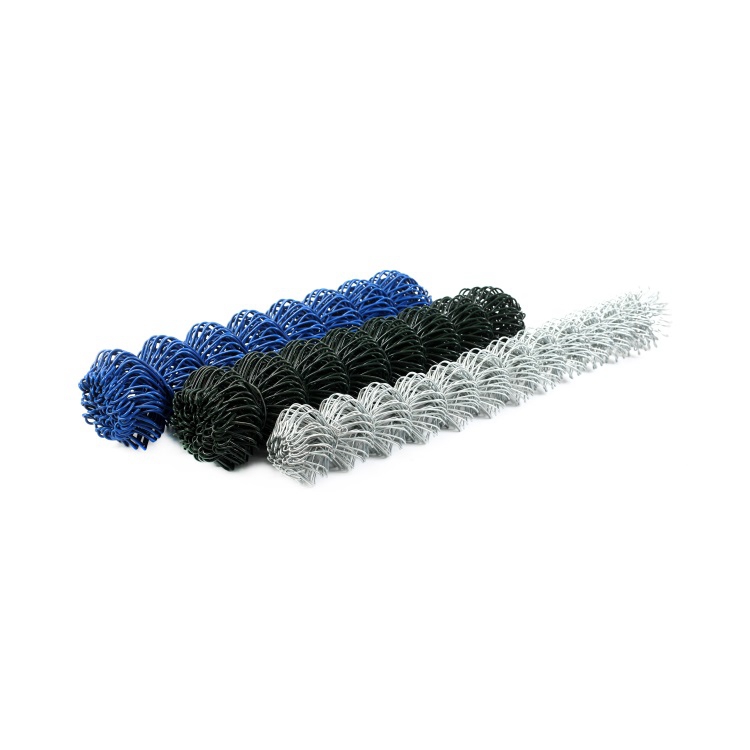Weight Specifications for Barbed Wire from China Measured Per Meter for Various Applications
Understanding the Weight of Barbed Wire A Focus on China GI Barbed Wire
Barbed wire has become an essential component in various applications, especially in agriculture, construction, and security. One particular type that is widely used around the globe is Galvanized Iron (GI) barbed wire, notably produced in China. The weight per meter of this product can significantly influence its applicability, installation, and overall cost-effectiveness. Understanding the factors that contribute to its weight is crucial for anyone interested in purchasing or utilizing barbed wire.
Composition and Production
GI barbed wire is made by coating iron wire with zinc to protect it from corrosion. The manufacturing process involves drawing iron into thin wire and then passing it through molten zinc. This galvanization process ensures that the wire is durable and suitable for outdoor use, as it can withstand harsh weather conditions. The wire is then twisted to form barbs at regular intervals, which are designed to deter intruders and livestock from crossing boundaries.
The weight of GI barbed wire is primarily determined by its gauge and the spacing of the barbs. Generally, thicker wires (lower gauge numbers) are heavier than thinner ones. For instance, a 12-gauge wire is thicker and therefore heavier than a 14-gauge wire. The spacing of the barbs also contributes to the overall weight; the closer the barbs, the more material is used, leading to increased weight.
Weight Specifications
china gi barbed wire weight per meter
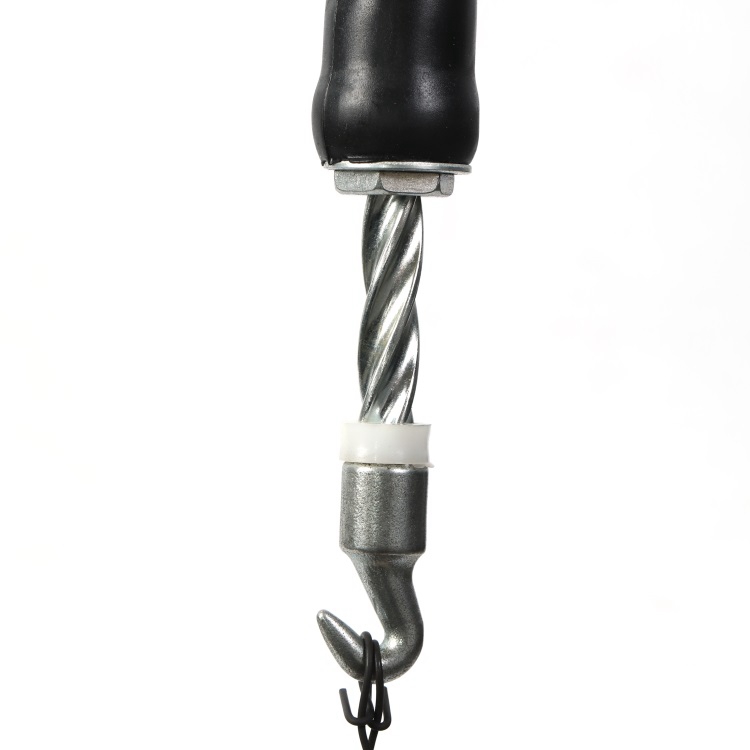
Typically, the weight of GI barbed wire ranges from around 10 kg to 30 kg per hundred meters, depending on the specifications mentioned above. It is essential to refer to local suppliers or manufacturers to get the exact weight per meter, as there can be variations based on production techniques and country standards. For practical applications, knowing the weight is crucial since it affects transport, installation, and how much material is needed for a given project.
Applications and Considerations
The choice of barbed wire for a specific application often hinges on its weight. Heavier wires tend to provide more strength and durability, making them suitable for high-security applications like prisons, military installations, or areas requiring robust livestock management. Conversely, lighter-weight options may be adequate for less critical barriers or temporary fencing.
When considering the total weight for transportation and installation, it’s essential to calculate the total amount needed for your project. For instance, if a project requires 500 meters of barbed wire, and you decide on a product weighing 15 kg per hundred meters, your total weight will be 75 kg. Having a clear understanding of the weight will facilitate planning for transportation and manpower needs during installation.
Conclusion
In summary, the weight of China GI barbed wire per meter is a critical factor that influences its application, suitability, and installation procedures. Given the importance of this product in various sectors, it is vital for businesses and individuals to carefully consider the specifications of the wire they intend to use. By understanding the relationship between wire gauge, barb spacing, and total weight, consumers can make informed decisions that meet their fencing needs effectively and efficiently. As always, opting for a reputable supplier will ensure that the quality and specifications meet the required standards, providing reliability and durability in any fencing application.
-
Wire Mesh Solutions for Modern Industrial Needs
NewsJul.17,2025
-
Steel Wire Powers Modern Industrial Applications
NewsJul.17,2025
-
Iron Nails Big Iron Nail Price Guide Bulk Buyers
NewsJul.17,2025
-
Durable T Post Solutions for Industrial Fencing Projects
NewsJul.17,2025
-
Durable Hexagonal Wire Netting For Modern Applications
NewsJul.17,2025
-
Building Material Wholesale Solutions for Modern Construction Needs
NewsJul.17,2025







